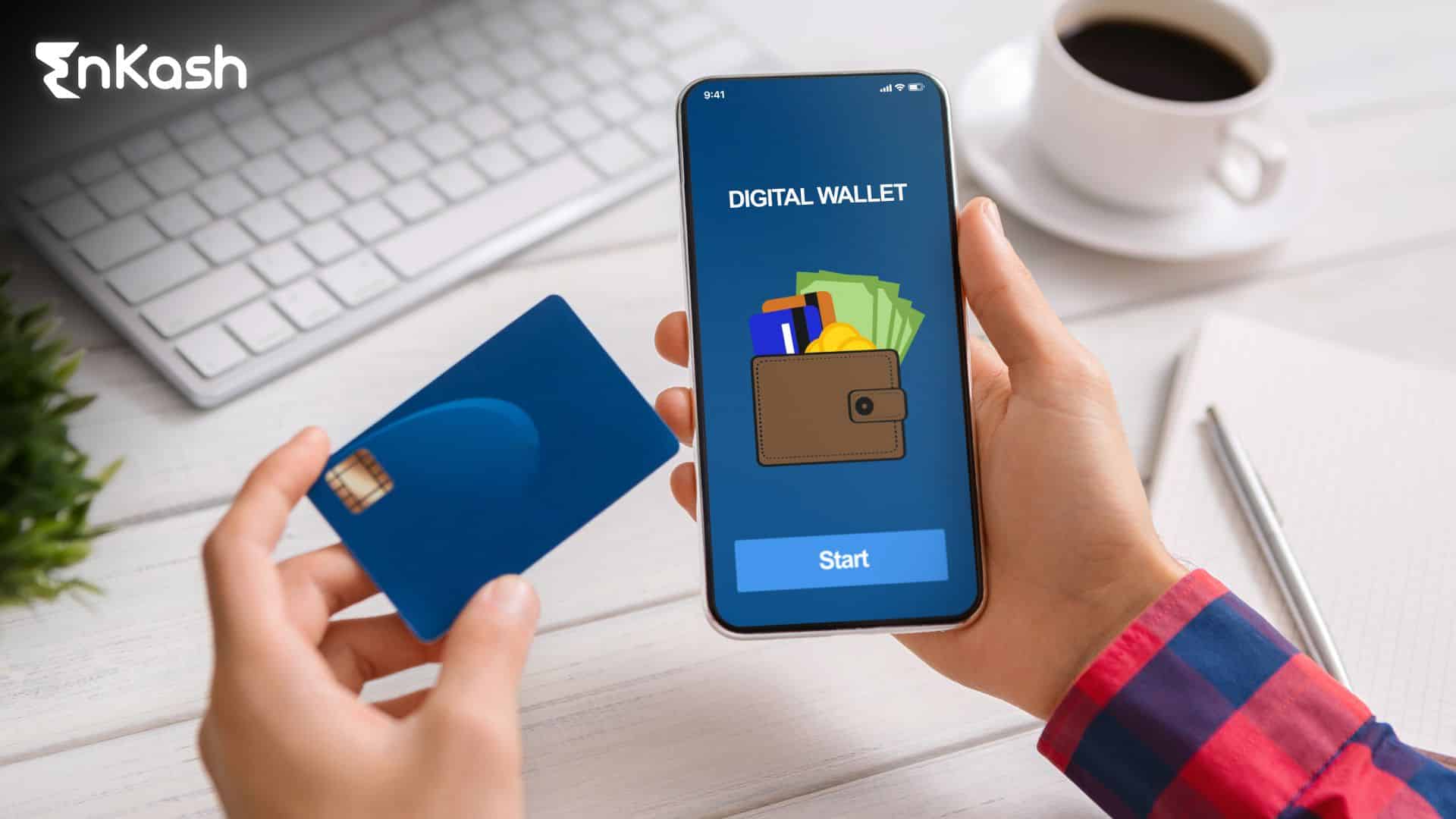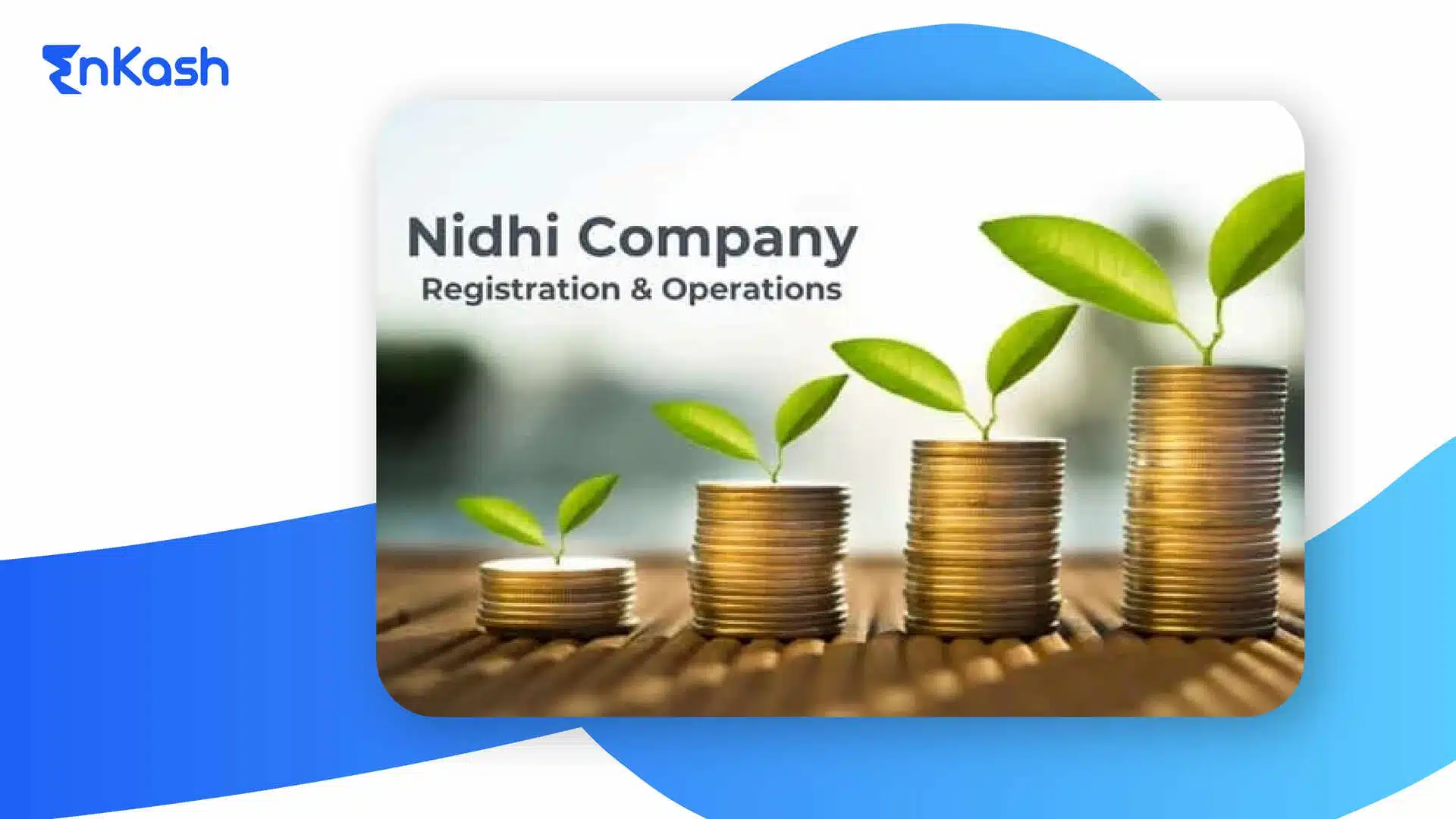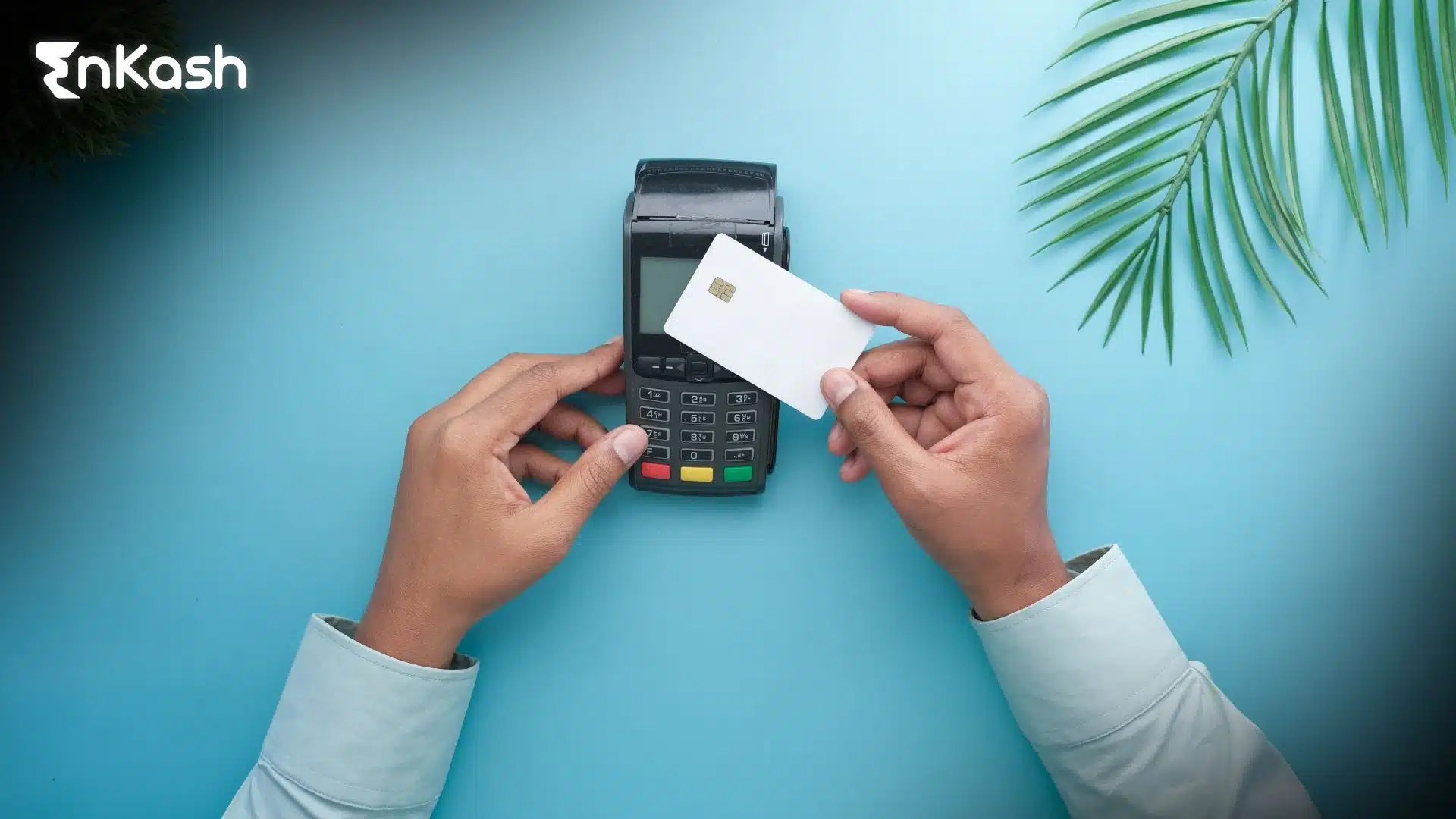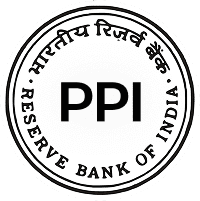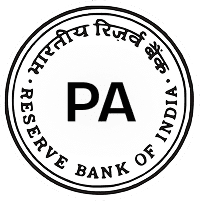Introduction
With the onset of the digital revolution, monetary systems have started drifting away from traditional methods.. Instantly, with such speed, space, and security, the whole world has witnessed a financial revolution-further promoted by developments in online payment systems and digital wallets. Digital payments are becoming increasingly popular around the world, with India leading the way. This blog traces the journey and impact of digital financial services in an evolving payment landscape.
The Rise of Contactless Transactions
In fast-paced societies, speedy and secure transactions are essential. Hence, contactless transactions have grown into mass popularity. Faster lifestyles, increased reliance on technology, and convenience over cash have driven this shift in consumer behavior.
Online payments are mainstream
People have increasingly opted for online payments as these give the convenience of instant payment for groceries, ordering food, or even transferring money to a friend.
Digital wallets have altered the system of payments
Using apps like Google Pay, PhonePe, Paytm, etc., wallets have turned into a preferred alternative for millions. These wallets store payment credentials, allowing users to make swift payments with just a few taps on their smartphones.
Smartphone penetration and internet access help
The affordable smartphone and good internet connectivity received in urban and rural areas have fast propelled the spread of e-payments. Transactions are now truly possible from anywhere and at any time.
E-payments almost cover all household needs
Whether buying essentials or paying for cabs or utility bills, e-payments almost cover all financial transactions. This has significantly reduced reliance on cash and long queuing at the counters.
The COVID-19 pandemic accelerated the shift
One of the biggest turning points for contactless transactions was the COVID-19 outbreak. NPCI data shows UPI transactions jumped from 1.25 billion (Mar 2020) to over 3.5 billion (Aug 2021). Fears over virus transmission through paper money compelled the usage of contactless digital payments as the safer and more hygienic choice.
Retailers and service providers adapted quickly
In other words, even petty traders and neighborhood stores have begun to accept digital payments to minimize physical contact, enhance transaction speed, and improve record-keeping. Such transactions have shortened spending time and made it safer and comfortable for consumers and businesses. The change is continuously growing and making new faces in the modern world of money handling.
Simplifying Daily Expenses with Mobile Tech
The integration of mobile technology with financial services has certainly made daily transactions much easier. From utility bills to simple expense management, a mobile device is one nifty gadget in itself for executing everyday money management tasks.
Just a few taps of your fingertips to pay the utility bills!
With online payment apps such as Paytm, Amazon Pay, Google Pay, consumers can pay electricity, water, gas, and DTH bills. It saves users time and eliminates the hassle of visiting payment centers.
Multiple Payment Methods Supported by Online Platforms
Most online payment platforms, such as UPI, credit cards, debit cards, and digital wallet balances, support a wide array of transaction types, allowing the user to choose whichever method they feel most comfortable using.
Tracking expenses becomes more manageable
What is best among these platforms is that they offer alerts on transactions, histories of these transactions, and monthly summaries of the expenses that have been incurred by a particular user. This specific feature can be a large benefit with budgeting and financial planning.
Set reminders and automate your bill payments
Stay ahead in your payments because the app lets you plan payments and gives out reminders for bills of a recurring nature. In so doing, one ensures no late payment fees and asserts some self-discipline in finances.
Faster payments for small businesses
Integration with some digital wallets or UPI-enabled platforms enables small and medium enterprises to receive payments easily with instant confirmations for improved cash flows and customer satisfaction.
Personal finance management has improved
These tools allow users to organize and manage their finances without the intervention of another person. They can compare expenses to curb overspending and set financial goals just on their mobile phones.
Using mobile technology, our phones have become pockets of digital finance. With the rapid growth of digital payments, everyday money management has become faster, smarter, and transparent.
How Banking Has Moved Beyond Branches
Modern banking is no longer confined to physical branches. With the advancement of digital infrastructure, banks started offering unimaginable services. The advent of digital banks and the parallel developments in digital banking services have completely changed the methods of transacting between personal and business money.
Account setup is fully online
Saving or current accounts do not take more than a few minutes from inception through a digital bank channel. Identity verification may be done using Aadhaar or PAN; the KYC, of course, will be through video mode, hence requiring no branch-level presence.
Complete banking on mobile apps
With these digital banking apps, one can apply for loans, manage fixed deposits, or even buy insurance is all in the palm of your hand. The users can access these schemes around the clock from any location.
A Simplification of Saving, Investing, and Borrowing
With seamless digital interfaces, users track savings, start SIPs (Systematic Investment Plans), and apply for instant personal loans through online payment systems integrated with their mobile banking apps.
Traditional banks are adapting to digital trends
Traditional banking has started adapting to uplift its fading image amidst emerging digital trends. Looking at the digital shift, several legacy banks have renovated their platforms. Now mobile-first, these banks offer payment services via mobile phones with better integration of third-party payment agencies such as UPI or IMPS.
The customer experience became user-oriented
AI has enabled personalized experiences, real-time notifications, chatbot interaction, and voice commands. The new experience is defined by proactive assistance instead of reactive customer service.
Lowers cost and is more efficient
By operating digitally, banks can reduce overheads related to branches and staffing; such benefits could be passed on to the customers in terms of lower fees or higher interest rates.
The Role of Technology in Payment Innovation
Technology is the core of financial transactions today. Evolutionary changes in the tools and platforms have again led to an explosion in digital payment types, considering transaction speed, safety, and user-friendliness.
Types of digital payment methods
Today, users have several options for making digital payments, including UPI, QR code scanning, NFC card payments, and Internet Banking payments, designed for both speed and convenience for the user.
Faster Peer-to-Peer (P2P) and Merchant Payments
These digital modes support secure and almost instantaneous transfers, whether for special-purpose remittances or bill payments. UPI, in particular, has achieved prominence as one of the most accepted and convenient online payment means in India for both personal and business-related transactions.
International payment support
Being integrated into different global systems nowadays allows a cross-border operation for many online payment processing systems. Digital wallet solutions such as PayPal, Wise, and Revolut make remittance simple, fast, and transparent.
AI heightens the security of transactions
More rightly put, the newer online payment systems are using AI to observe aberrant activity, issue warnings about suspicious behavior, and immediately prohibit fraud. Transaction patterns analyzed by machine learning algorithms grant an additional layer of security.
Instant authentication and verification
Digital payments made through fingerprint scans, facial recognition, OTPs, or device verification procedures are more user-friendly and secure. These tools also lower the rates of failed payments, fraud, and chargebacks.
Payment gateway APIs integrate with the businesses
API stands for Application Programming Interface. It allows businesses to implement a secure digital payment solution that is secure in their app or website. These solutions would enable seamless checkouts, recurring billing, and multi-currency support.
Tracking and reporting of transactions in real time
Advanced dashboards allow both businesses and individual users to track their e-payments and generate highly detailed reports, which makes financial planning and expense tracking easier.
Security and Trust in a Cashless World
The shift to online payments and digital wallets has increased the need for platforms that are secure and trustworthy. Today, security features have become very important for companies promoting digital payment solutions as they protect against fraud or unauthorized users.
Two-factor authentication is implemented as a standard
Nowadays, most digital payment platforms require users to verify transactions by two or more means. It can be an OTP (One-Time Password), fingerprint, facial recognition, or perhaps a traditional password. This additional layer ensures that other users without authority are not allowed to complete any transactions.
SSL encryption safeguards data privacy
SSL encryption has now become a default feature for online payment systems. This protocol ensures the secure transmission of your secrets, such as card details, bank credentials, transaction details, etc., to shield them from compromise by notorious hackers.
Tokenization replaces sensitive data
Card details are replaced with a unique, encrypted code or token and not stored anywhere or sent across any network. This protects virtually the user’s actual financial information should it be intercepted in the data flow during a transaction.
Instant alerting system for real-time updates
Immediately after the transactions, users get notifications through SMS and the app. The alerts act as a layer of protection informing users of all their actions to the point where it is easier to spot suspicious activities and report them soon.
Fraud detection powered by AI
Modern online payments employ AI and machine learning to detect abnormal activities. In suspicious cases, big-value payments with some new device systems can raise a red flag, stop the deal altogether, or seek further confirmations.
User education builds confidence
Digital banking conferences and banks are now engaged in spreading awareness among users about safe digital banking practices, such as avoiding transacting on public Wi-Fi, changing passwords regularly, and checking the URLs before entering their credentials.
Transparency builds long-term trust
Transparent refund policies, clear transaction summaries, and helpful customer support increase user confidence. The more users trust digital payments, the more willing they are to adopt them in daily life.
With a growing ecosystem of e-payments, user trust and safety features will continue to be the backbone of any successful online payment system.
The Indian Road to Digital Economy
India is the global frontrunner in a massive revolution in digital payments. Once policy support was in place, combining with innovation within fintech and internet penetration, the country embraced the cashless economy much faster than some others.
Some of these factors weigh heavily on government support
With initiatives such as Digital India put into the limelight, the promotion of a country-wide digital transformation began. The government intends to ensure that digital payment in India is considered a common mode of conducting financial transactions.
UPI and BHIM renewed peer-to-peer transactions
A user of the UPI is allowed to send or receive money instantly on a mobile number or a UPI ID. With apps such as BHIM, entry into the digital payment ecosystem has become easy for first-time users.
Aadhaar made the integration worth it
By linking bank accounts and digital wallets with Aadhaar numbers, verification is now faster and more secure. This, in turn, has made using digital payment solutions very easy for people and Trades across both urban and rural India.
Wider acceptance in urban and semi-urban areas
Online payments are almost the norm across metro cities and even tier-2 towns. Currently, even street vendors are accepting payments through UPI or a wallet. QR codes have found their way into vegetable marketing, tea stalls, and taxi services.
Rural India goes digital with wallets too
Digital wallets and e-payments make their way into far-off villages with the help of self-help groups, local entrepreneurs, and mobile agents. An easy-to-use mobile platform has, thus, enabled farmers and small entrepreneurs to have access to income sources and do transactions with ease.
Banking services reach the unbanked
The unbanked are, for the first time, being brought into the formal financial system through basic digital banking with no-frill accounts. With this, they can now save money, get subsidies, and pay at any time on the go using a basic mobile phone.
One of the fastest-growing payment-related countries in the world
India leads globally in real-time payments, processing ~130 billion UPI and IMPS transactions in 2023, nearly half of all real-time payments worldwide. This growth is the result of affordability, innovation, and ease of use. Banks, fintech companies, and payment gateway support, along with regulations, form the ecosystem.
India’s digital payment journey proves that with the right policies, technology, and awareness, a vast and diverse population can adopt cashless solutions quickly and efficiently.
Future Trends and What to Expect
Smarter, faster, and safer payment solutions stand ahead for digital payments. As the consumers’ expectations change with time and technology marches on, so will the ways of handling money.
With AI and real-time analytics for personalization
Future digital payment solutions will use data analytics to understand user behavior and offer custom solutions, like spending advice, payment reminders, or even investment options based on spending history.
Blockchain will revolutionize transaction security
Blockchain technology can provide transparency and security to online payment systems. It conducts verification in a decentralized manner to make fraud nearly impossible and considerably lower the price of a transaction.
Biometric and voice authentication will go mainstream
Forget about passwords and OTPs. Soon, payments may be authorized with voice commands, facial recognition, or even retina scans. These will prove very convenient for digital payments and indeed enhance safety in digital banking.
Rise of the metaverse, virtual economy
The establishment of digital spaces such as the metaverse will see evolution in the digital modes of payment and maybe into modes of in-game purchases, digital real estate transactions, and immersive online shopping.
Global reach with cross-border payments
Better fintech platforms will provide instant international payment services at bare minimum processing fees. This will work in favor of freelancers, e-commerce sellers, and global travelers in terms of online payments.
Increase in the adoption of central bank digital currencies (CBDCs)
Governments across the globe have been evaluating their schemes for creating digital currencies, including India. Such CBDCs will make money transfers easier, provide greater transparency, and enrich the usage of digital wallets.
Innovation ahead through fintech collaborations
Making a reprisal appearance in partnerships between big banks and fintech startups will deliver the most useful apps directly into the hands of end users, together with quicker loans and smarter financial tools.
Rise of contactless wearable payments
Smartwatches, rings, and fitness bands will soon have the capacity to act as wallets. Tapping these wearables at the POS terminal will soon find as much application as swiping a card.
As technology continues to evolve, the future of digital payment in India and worldwide looks promising. We’re heading toward a hyper-connected economy where convenience, speed, and security are seamlessly integrated into every transaction.
Conclusion
The development of digital payments is one that went from a luxury to a necessity in record time, with immense power wielded in between. The changes that have been brought upon by it have entrenched themselves in every form of modern life-from paying bills online to digital banking. With continuous upgrades being made in online payment systems, wallets, and various payment platforms, the future looks promising for an economically efficient and cashless financial ecosystem. This metamorphosis not only engenders great convenience but also opens up avenues for financial inclusion and economic prosperity on a global scale.

